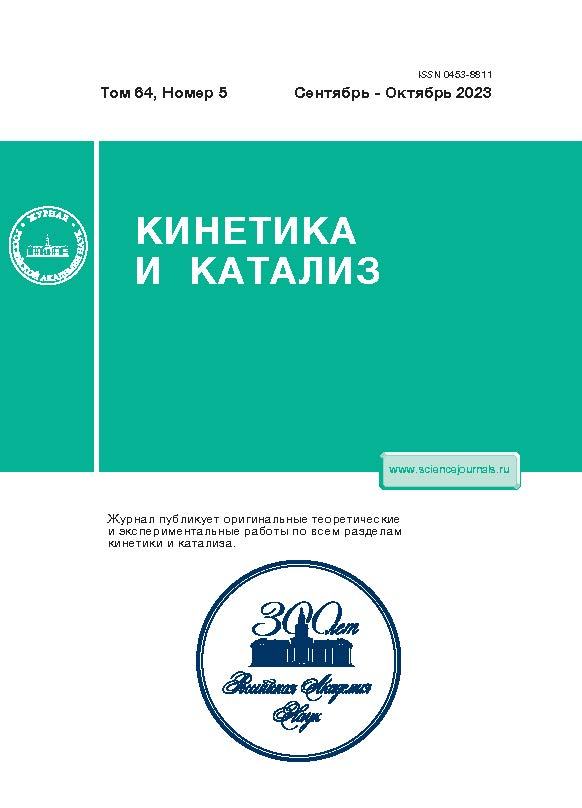Mathematical Modeling of CO2 Reforming of Methane with Reverse Water Gas Shift Reaction
- Autores: Rahimi A.R.1, AleEbrahim H.1, Sohrabi M.1, Nouri S.M.2
-
Afiliações:
- Department of Chemical Engineering, Amirkabir University of Technology
- Chemical Engineering Department, Faculty of Petroleum and Petrochemical Engineering, Hakim Sabzevari University
- Edição: Volume 64, Nº 5 (2023)
- Páginas: 587-588
- Seção: ARTICLES
- URL: https://ruspoj.com/0453-8811/article/view/660303
- DOI: https://doi.org/10.31857/S0453881123050088
- EDN: https://elibrary.ru/TQXUYS
- ID: 660303
Citar
Texto integral
Resumo
Synthesis gas is the cornerstone of many chemical processes for manufacturing a broad range of petrochemical products. In this work, a mathematical model was developed for investigation of the CO2 reforming of methane in a catalytic packed bed reactor. To simulate the reformer, a pseudo homogenous two-dimensional mathematical model was developed and the resulting nonlinear second order partial differential equations were solved using the finite difference method. It was assumed that equilibrium reverse water gas shift reaction always takes place in the reactor to adjust H2/CO ratio (≤1). The effect of operating conditions, including bulk density, porosity, inlet gas and wall temperature, reactor diameter, total molar flow of gas and inlet CH4/CO2 ratio on the reactor performance were investigated. Finally, the study investigated the effect of H2/CO ratio on the outlet synthesis gas product at the range of 0.7–1. The validity of the model was investigated and the deviation between the model results and the experimental data was acceptable.
Sobre autores
Ahmad Rahimi
Department of Chemical Engineering, Amirkabir University of Technology
Email: m.nouri@hsu.ac.ir
Iran, 159145, Tehran
Habib AleEbrahim
Department of Chemical Engineering, Amirkabir University of Technology
Email: m.nouri@hsu.ac.ir
Iran, 159145, Tehran
Morteza Sohrabi
Department of Chemical Engineering, Amirkabir University of Technology
Email: m.nouri@hsu.ac.ir
Iran, 159145, Tehran
Seyed Nouri
Chemical Engineering Department, Faculty of Petroleum and PetrochemicalEngineering, Hakim Sabzevari University
Autor responsável pela correspondência
Email: m.nouri@hsu.ac.ir
Iran, Sabzevar
Arquivos suplementares










